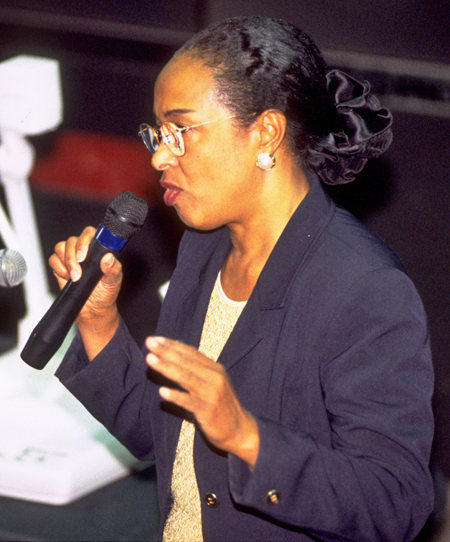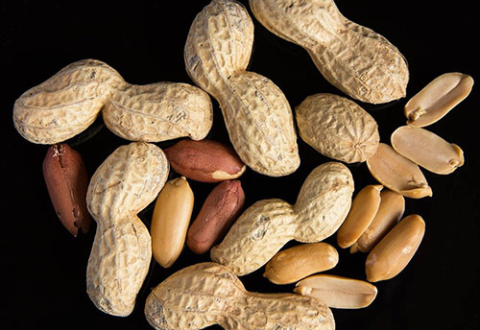Inventive Minds: Patricia Bath
With sadness, the Lemelson Center notes the passing of Dr. Patricia Bath on May 30, 2019. Her list of “firsts” is both lengthy and impressive: she was the first African American woman doctor to receive a medical patent, train in ophthalmology at Columbia University’s medical school, and join the surgical staff of UCLA Medical Center, and the first woman appointed to the ophthalmology faculty at the UCLA Jules Stein Eye Institute. She was an outspoken champion of underserved populations affected by inadequate access to healthcare, cofounding the nonprofit American Institute for the Prevention of Blindness in 1976, advocating a community approach to eye care services, education, and research.
Working with cataract patients in the 1980s, Dr. Bath began to research ways to make cataract surgery more accurate and less invasive. She envisioned using a laser to remove the clouded lens, making a much smaller incision than was then typical. In 1988, the US Patent and Trademark Office issued US Patent 4,744,360 to Dr. Bath for the device she named the Laserphaco Probe.
Patricia Bath strongly identified as an inventor. In one of her last public appearances, on April 3, 2019, Dr. Bath testified before the Judiciary Committee on Trailblazers and Lost Einsteins: Women Inventors and the Future of American Innovation, stating:
Of the many titles associated with my name and work I choose to speak to you from the viewpoint, lens, and focus of a woman inventor. It is my hope that by sharing my views, experiences, and recommendations that other women inventors will keep the faith, not give up, and pursue their intellectual property goals with renewed vigor.
She continued her testimony by emphasizing the ongoing need for STEM/STEAM education. “The pipeline for increasing women scientists and engineers begins by igniting the spark for learning and curiosity,” she said. “We need to support STEM/STEAM throughout the educational infrastructure of the USA.”

In March 2000, Dr. Patricia Bath talked about her life and work with students from three middle schools as part of the Lemelson Center's Innovative Lives series. © 2000 Smithsonian Institution; photo by Jeff Tinsley
I met Dr. Bath in March 2000 when she came to the National Museum of American History to discuss her life and work with middle school students in one of the Lemelson Center’s Innovative Lives programs. Little did I know that our budding archivist/donor relationship would transition to friendship and last nineteen years. Dr. Bath and I stayed in touch, mostly by email, sometimes by phone. Every time we interacted, she always began by thanking me for my work as an archivist. She recognized the importance of the written and oral record and of making it accessible to future generations. Dr. Bath was a strong advocate for STEM before it became popular and her filmed presentation and interview in the Archives Center is a testament to this, and is a well-used resource.
So, it’s my turn now to say thank you, Dr. Bath, for your contributions to science and medicine, for being a role model to students, especially young women, and for taking time to share your inventive life with me and others. I continue to document women inventors and I hope I meet more pioneering women like you.







